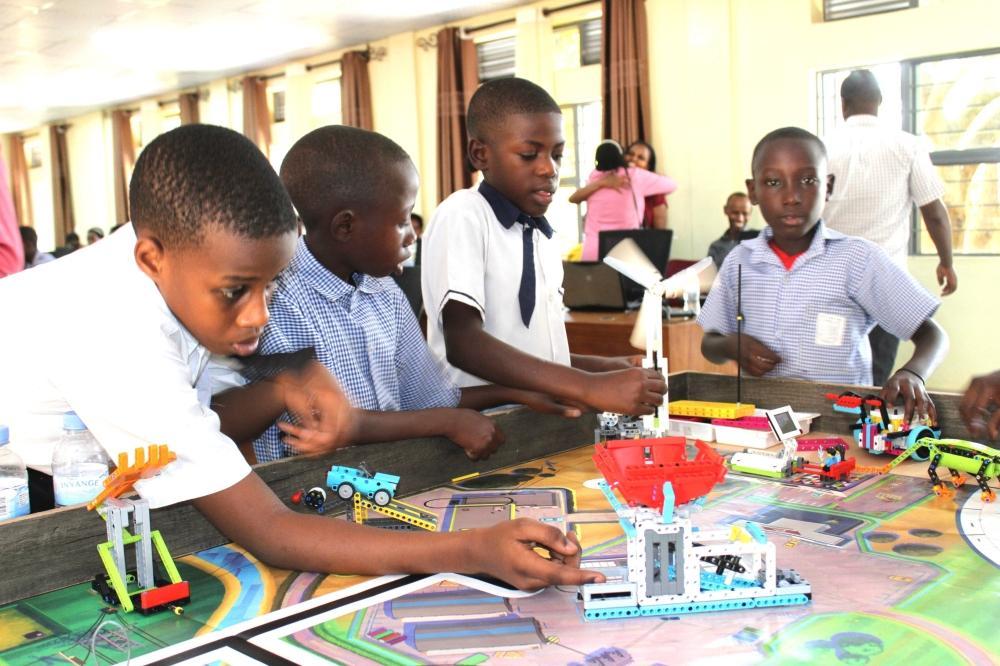Africa-Press – Rwanda. Rwanda has registered progress in expanding educational access, with attendance reaching 93 per cent in 2024, up from 87 per cent in 2017, according to the findings of the Seventh Integrated Household Living Conditions Survey (EICV7) released on April 16.
The survey by the National Institute of Statistics of Rwanda (NISR) offers an insight into school attendance and attainment across various population groups and geographical areas, showing both achievements and inequalities in the education sector.
The 6-percentage-point increase in access to education shows a rise in the proportion of the population aged six and above who have ever attended school.
Disaggregated by gender, the report shows a slightly higher school attendance rate among males with 93.6 per cent compared to females, 90.3 per cent, suggesting ongoing but narrowing gender gaps in educational access.
Urban areas continue to lead in educational participation, with 95.4 per cent of people aged six and above having attended school, compared to 90.5 per cent in rural areas. Kigali City ranks highest with a remarkable 96.7 per cent attendance rate, while other provinces cluster around the national average of 91 per cent.
The data also reveals that school attendance is highest among younger cohorts, particularly those of primary and secondary school age.
To illustrate this improvement, the secondary school completion rate between for people aged14 to 16 increased from 31 per cent in 2017 to 42 per cent in 2024. Among males, the completion rate rose from 26 per cent in 2017 to 34 per cent in 2024 whereas, for females, it increased from 35 per cent to 50 per cent during the same period.
Attendance increases with economic status, from 88 per cent in the lowest consumption quintile to 96 per cent in the highest. Thuis is partly influenced by the impact of socioeconomic factors on educational access, according to the report.
A closer look at the age group
Regarding people aged 6 to 30, the critical window for primary, secondary, and tertiary education, the survey found that approximately 60 per cent attended school in the 12 months prior to the survey. This marks a modest increase from 57 per cent reported in 2017.
Contrary to earlier assumptions, rural areas recorded a higher recent attendance rate with 61 per cent than urban areas with 56 per cent. Kigali City had the lowest rate at 51 per cent while Western and Southern Provinces led with 62 per cent.
The report attributes this pattern to age dynamics, as school attendance tends to decline with age due to transitions into the workforce or other life responsibilities.
Public versus private school attendance
The data on school type presents a picture of Rwanda’s education system where 91 per cent of students attend public or government-subsidized schools. Private schools account for just 9 per cent, though this share rises sharply in urban areas.
The highest rate is observed in Kigali City, where 29 per cent of students attend private schools.
As indicated by the report, economic status again plays a role with students from higher consumption quintiles more likely to attend private schools, while those in lower quintiles rely heavily on public institutions.
For More News And Analysis About Rwanda Follow Africa-Press






